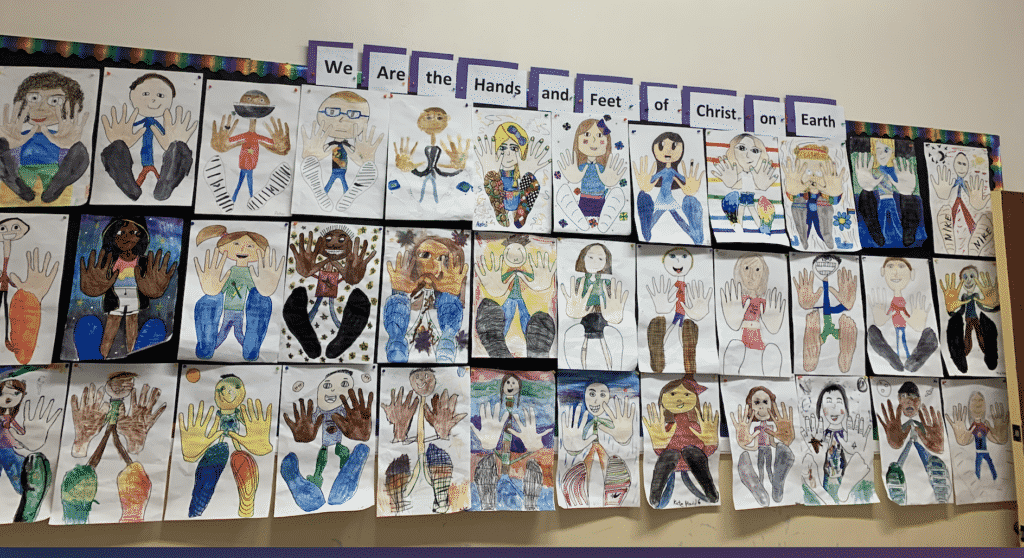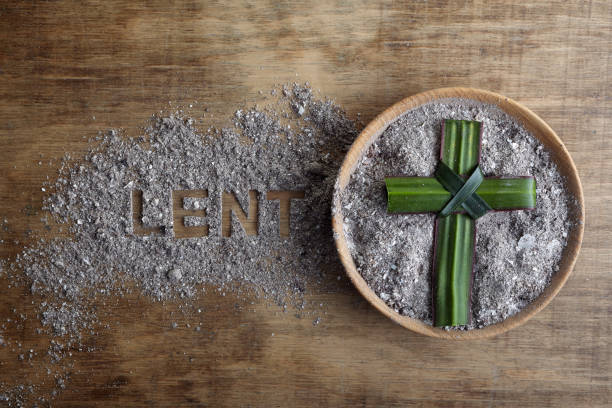
Reading: RL.4.6 Compare and contrast the point of view from which different stories are narrated, including the difference between first- and third-person narrations
Math: Understand decimal notation for fractions, and compare decimal fractions. CCSS.MATH.CONTENT.4.NF.C.5,CCSS.MATH.CONTENT.4.NF.C.6,CCSS.MATH.CONTENT.4.NF.C.7
We will learn about our math concepts through rotating stations. Our math test will be later in the week. Look out for homework that reviews our daily concepts!
Social Studies: Traveling westward along the Oregon Trail.
Religion: Stations of the Cross- Reflect on our Lenten promises
Grammar: Prefixes and suffixes
Writing: Integrated into other subject

